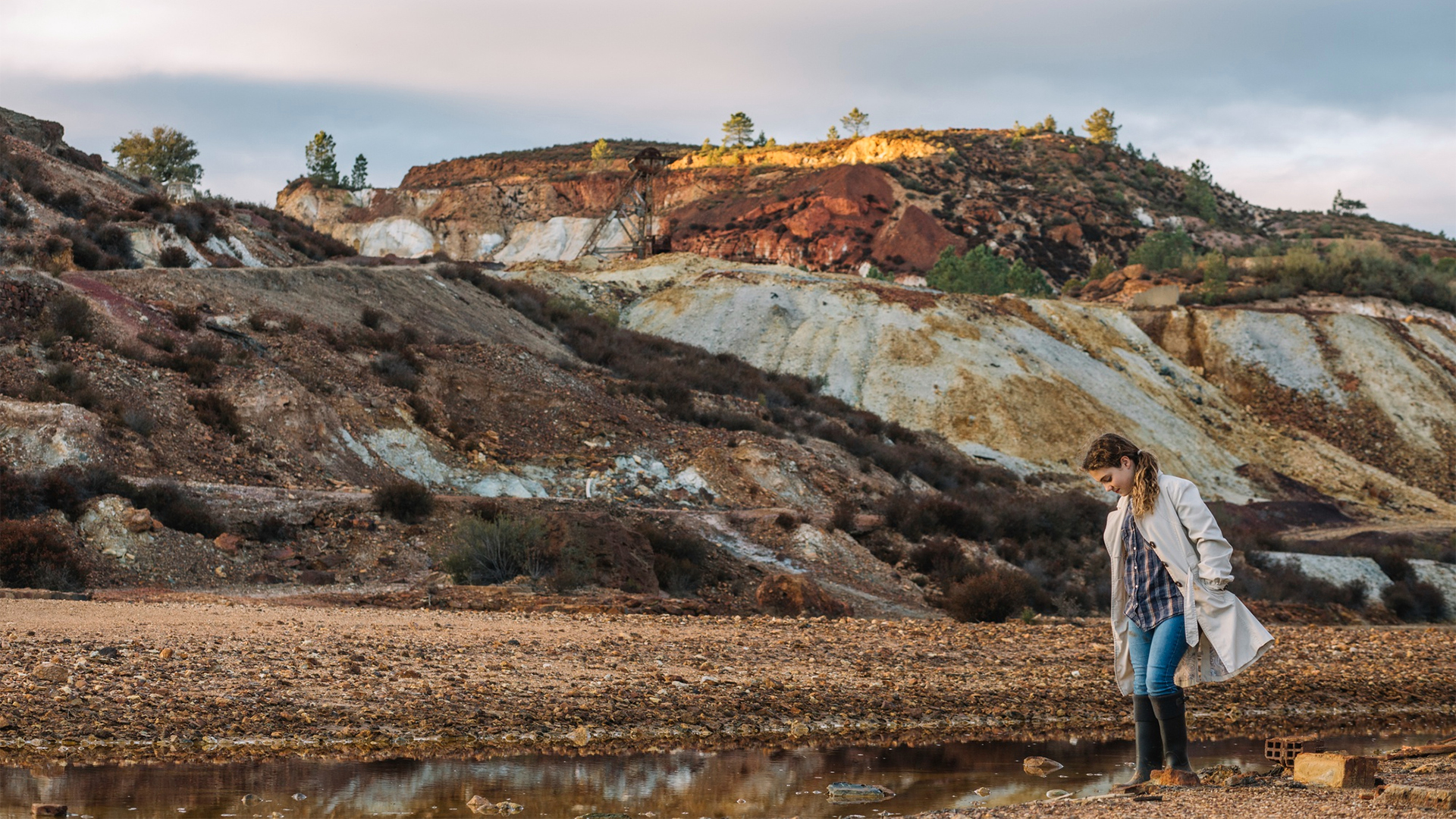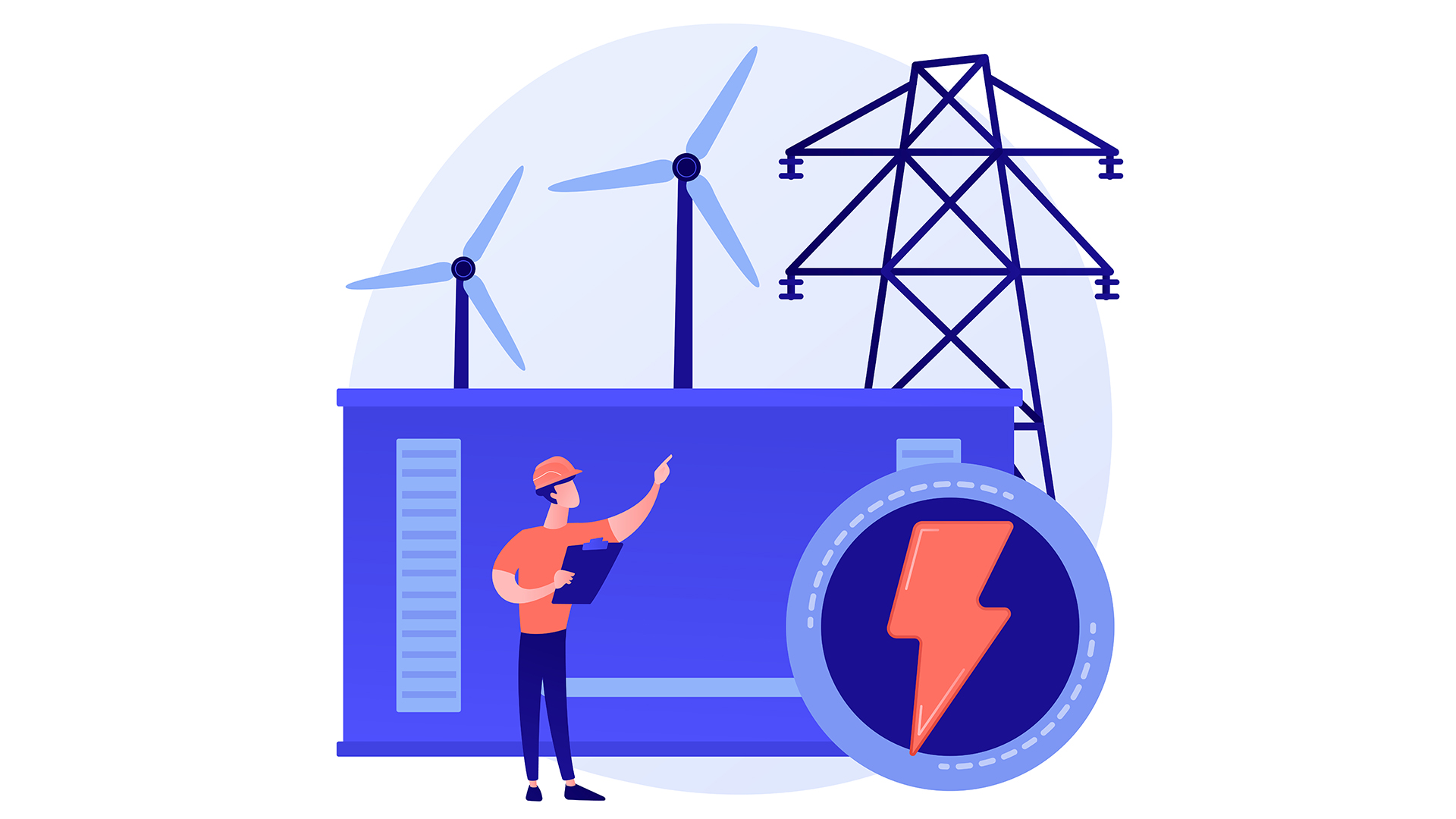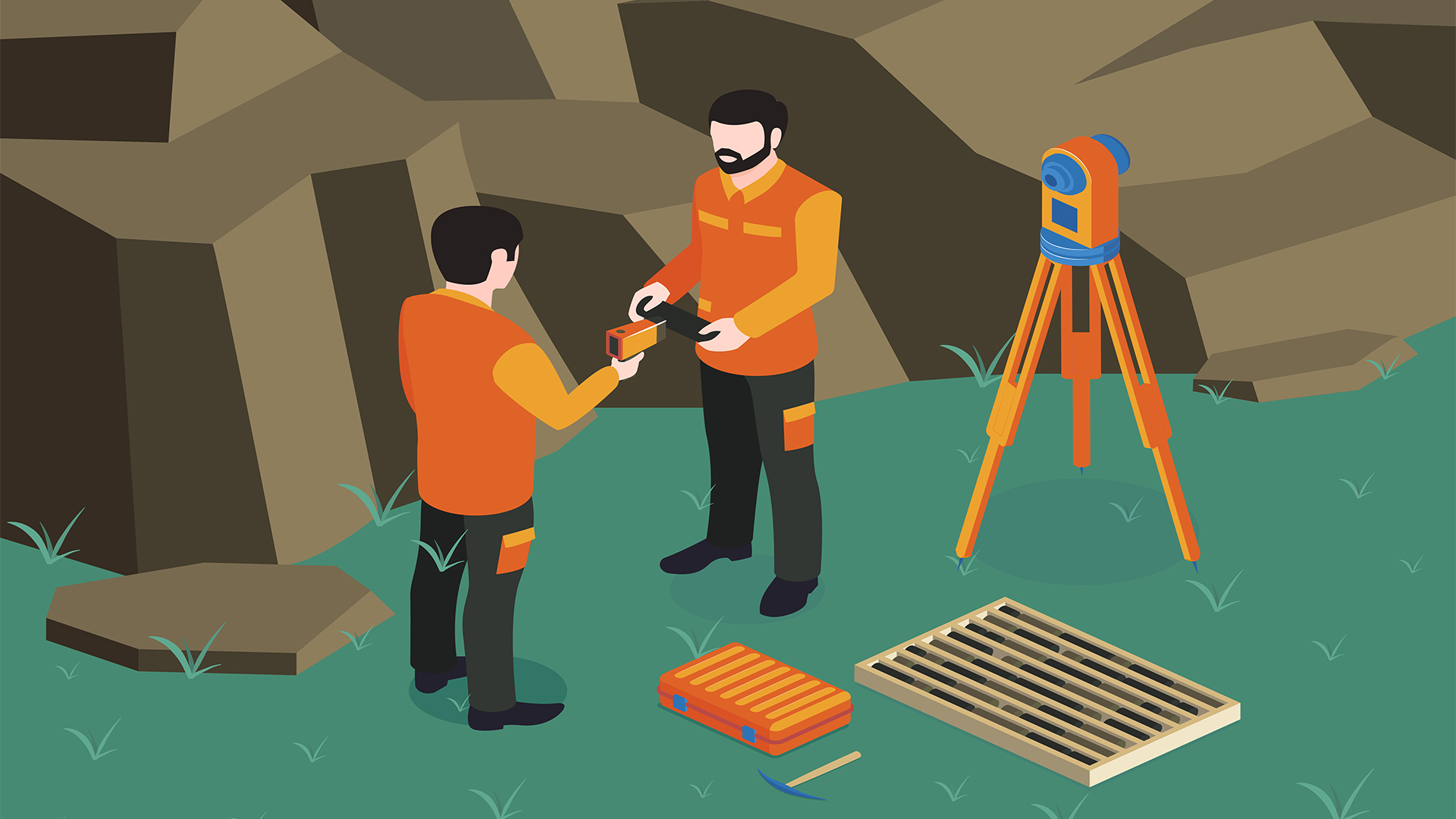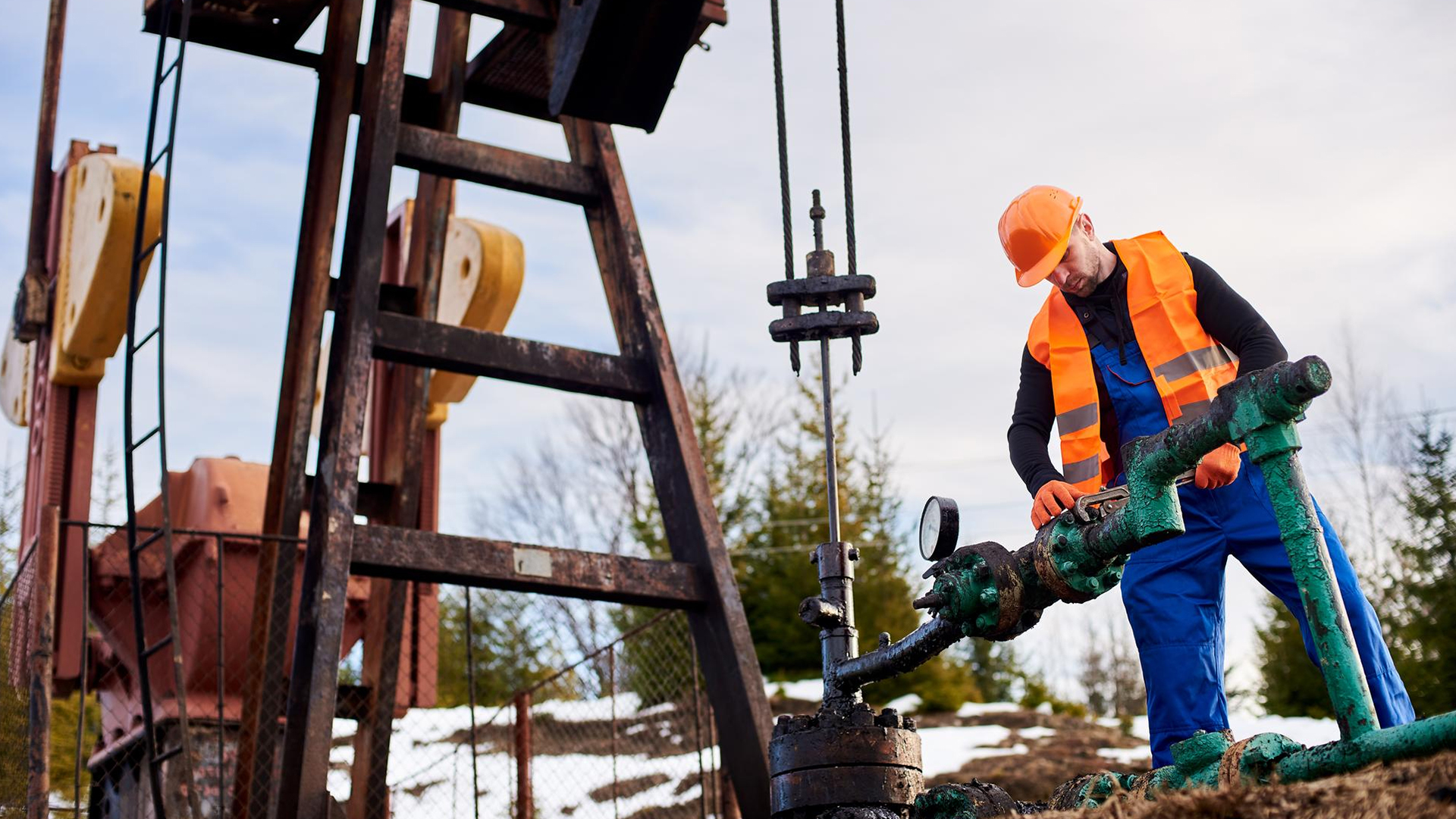
Petrophysical Interpretation Supercharged
Course overview
The interesting field of petrophysics, the relationship between the rock, the fluid it contains, and their interactions—from the downhole reaction to the actual formation evaluation processes and techniques—will all be introduced to and familiarized with during this course.
Participants will learn about and investigate the tool’s response to various lithologies, which will aid in your comprehension of log readings, uses, and constraints. It will teach you the procedures and strategies for correctly interpreting well logs on both clean and shaly sand formations, along with the essential Petro-physical principles.
The concepts and methods of well log interpretation will be highlighted in this Training Bee course, which is intended for experts and professionals in the oil sector who work with wireline and/or LWD logs. There will be discussions on advanced interpretation techniques and procedures along with a number of tasks and examples involving intricate lithology interpretation approaches.
Introduction
To comprehend the basic elements of subsurface reservoir characterization and exploration, one must have a basic understanding of petrophysical properties, modeling, journaling, analysis of well logs, and interpretation. This area, which offers insights into the characteristics and behaviors of geological formations, is essential to the oil and gas sector.
Petrophysics is a multidisciplinary discipline that assesses subterranean formations’ potential for oil exploitation by combining engineering, physics, and geology. The goal of this introductory course is to give students a basic understanding of well log analysis, interpretation, modeling, and petrophysical characteristics.
We are The Training Bee, a global training and education firm providing services in many countries. We are specialized in capacity building and talent development solutions for individuals and organizations, with our highly customized programs and training sessions.
For those working in the energy industry, an Introduction to Petrophysical Properties, Modeling, Journal, Analysis of Well Logs, and Interpretation is a crucial course because it offers a thorough understanding of petrophysics and the instruments and methods used to characterize subsurface reservoirs.
Learning Objectives
Upon completing Petrophysical Properties, Modeling, Journal, Analysis of Well Logs and Interpretation, participants will be able to:
- Water Storage and Forestry
- Rock reservoirs and simple logging
- A well’s life
- Potential That Just Happens (SP)
- The six pillars of resistivity and natural gamma radiation (GR)
- Measurement Types
- Acoustic evaluations
- Porosity measuring using neutrons
- Measurements of density
Our Unique Training Methodology
This interactive course comprises the following training methods:
- Journaling – This consists of setting a timer and letting your thoughts flow, unedited and unscripted recording events, ideas, and thoughts over a while, related to the topic.
- Social learning – Information and expertise exchanged amongst peers via computer-based technologies and interactive conversations including Blogging, instant messaging, and forums for debate in groups.
- Project-based learning
- Mind mapping and brainstorming – A session will be carried out between participants to uncover unique ideas, thoughts, and opinions having a quality discussion.
- Interactive sessions – The course will use informative lectures to introduce key concepts and theories related to the topic.
- Presentations – Participants will be presented with multimedia tools such as videos and graphics to enhance learning. These will be delivered engagingly and interactively.
Training Medium
This Petrophysical Properties, Modeling, Journal, Analysis of Well Logs and Interpretation training is designed in a way that it can be delivered face-to-face and virtually.
Course Duration
This training is versatile in its delivery. The training can be delivered as a full-fledged 40-hour training program or a 15- hours crash course covering 5 hours of content each day over 3 days
Pre-course Assessment
Before you enroll in this course all we wanted to know is your exact mindset and your way of thinking.
For that, we have designed this questionnaire attached below.
- What are the meaning and importance of petrophysical parameters in reservoir engineering and petroleum geology?
- Give an explanation of the main kinds of well logs that are used in petrophysical analysis, along with the sources of data and uses for them.
- Describe the idea of porosity in terms of petrophysics and talk about the various techniques for calculating or measuring porosity.
- Give a succinct explanation of Archie’s law and its application to the measurement of water saturation in reservoir rocks.
- How can a petrophysical model help with subsurface reservoir characterization, and what is its purpose? Provide an illustration of a typical petrophysical model in use.
- Talk about the importance of the Pickett plot and how it can be used to estimate factors like porosity and water saturation in well log analysis.
Course Modules
This Petrophysical Properties, Modeling, Journal, Analysis of Well Logs and Interpretation covers the following topics for understanding the essentials of the Agile Workplace:
Module 1 – An Overview of Data Logging
- Setting up a logging database
- Data on quality control
- Data loading (from LAS or DLIS files)
- Data visualization
Module 2 – Adjusting Data
- Depth Matching between several well data sets (WL, LWD, etc.)
- Merging (curve splicing) between distinct log runs
Module 3 – Analysis of the Reservoir Environment
- Identification of lithology using wireline logs
- Utilizing various cross plots
- Various approaches to reservoir zonation
Module 4 – Identify the Factors Affecting Modeling Outcomes
- Make a temperature gradient and curve.
- Establishing the basic petrophysical parameters (Rw, m, n…)
Module 5 – Quantitative Evaluation for Shale Description
- Shale volume estimates
- Identifying the minerals in clay
- Utilizing various cross plots
Module 6 – Quantitative Method for Reservoir Description
- Porosity models and methods of computation
- Saturation models and techniques for computation
Module 7 – Results of Quanti Analysis: Presentation and Adjustment
- Termination and Synopsis
- Lithology, porosity, and water, oil, and gas saturation cross plots
Module 8 – Overview of Cased Hole Logging
- Evaluation logs for cement
- Tool for reservoir saturation
- Tool for pulsed neutron saturation
Module 9 – Integrating Logging Data with Core Data
- Modeling porosity
- Modeling permeability
- Modeling of saturation height
Post-course Assessment
Participants need to complete an assessment post-course completion so our mentors will get to know their understanding of the course. A mentor will also have interrogative conversations with participants and provide valuable feedback.
- Define petrophysical properties and explain their significance in the field of reservoir engineering and petroleum geology.
- How do well logs provide insights into subsurface properties, and what are the key measurements that well logs can provide?
- Describe the main types of well logs used in petrophysical analysis, and provide examples of scenarios in which each type is particularly useful.
- Explain the concept of porosity, its importance in reservoir characterization, and the methods used to estimate porosity from well logs.
- Discuss Archie’s law and its role in calculating water saturation in reservoir rocks. Provide an example of its application.
- What is the purpose of a petrophysical model, and how does it aid in the characterization of subsurface reservoirs?
Lessons Learned
A Window to the Subsurface: Well logs is effective instruments that provide an insight into the Earth’s subsurface. The importance of well logs in comprehending fluid composition, petrophysical characteristics, and geological formations will have become clear to the students.
Understanding Petrophysical Properties: Upon completion of this lesson, students will possess a thorough understanding of porosity, permeability, and saturation, among other important petrophysical properties. These characteristics are essential for assessing the potential of reservoirs.
Petrophysical Models Assist in Reservoir Characterization: Characterizing subsurface reservoirs requires the application of petrophysical models. By now, students should understand how reservoir performance may be predicted and optimized with the use of these models.
Students will understand the critical importance of accurate and high-quality well log data. They’ll comprehend how the dependability of petrophysical analysis and interpretation is impacted by the quality of the data.
Heterogeneous Formations’ Difficulties: Students would have experienced the difficulties in interpreting well logs in these types of formations. They will understand that differences in lithology might make analysis more difficult and require specific methods.
Pickett Plots and Interpretation Methods: We will have looked at using Pickett plots as well as various methods of interpretation. The ability to use these instruments to estimate crucial reservoir parameters will have been taught to the students.







